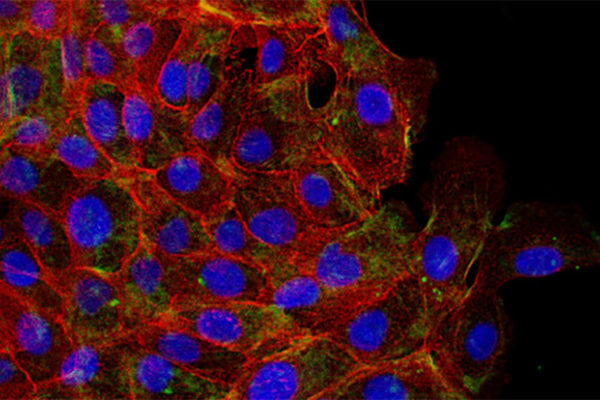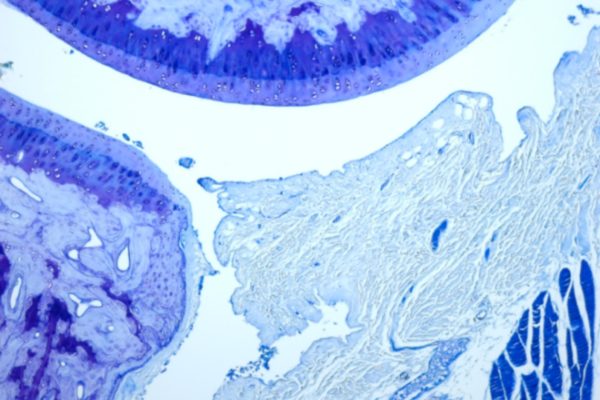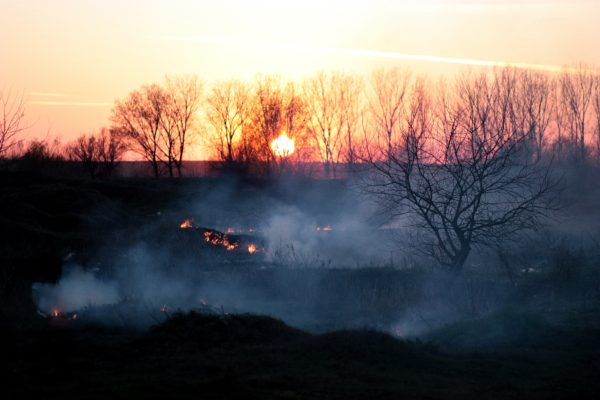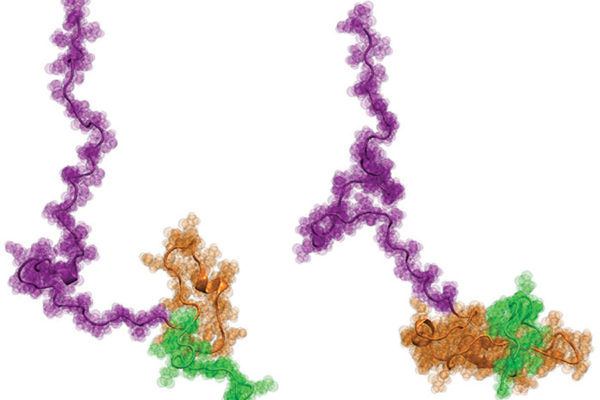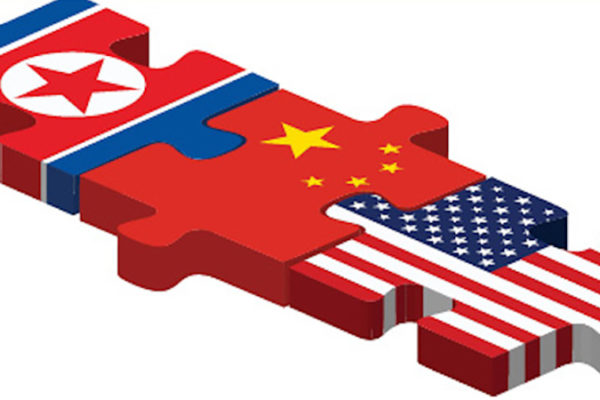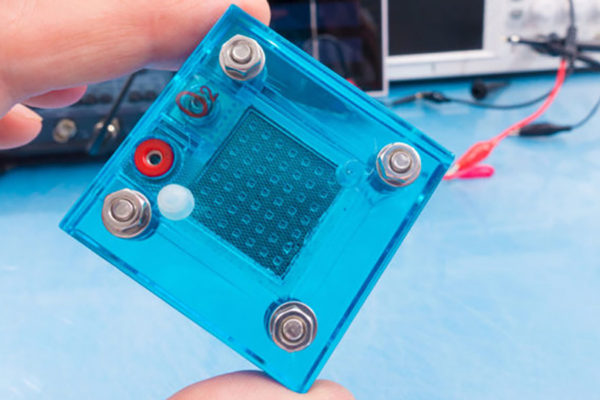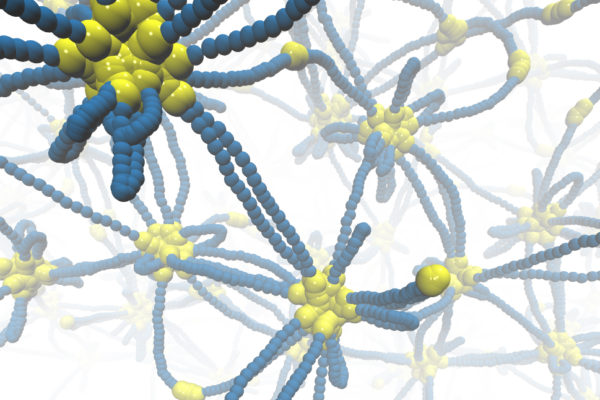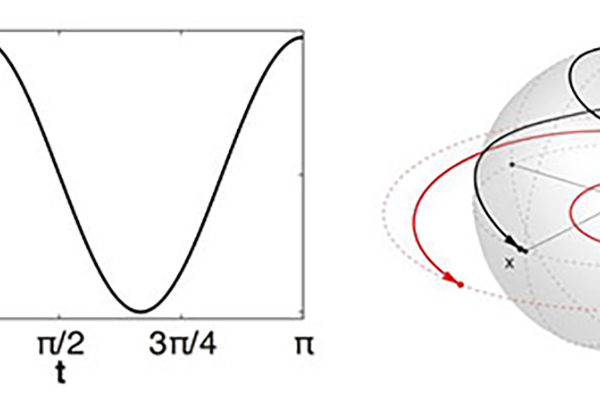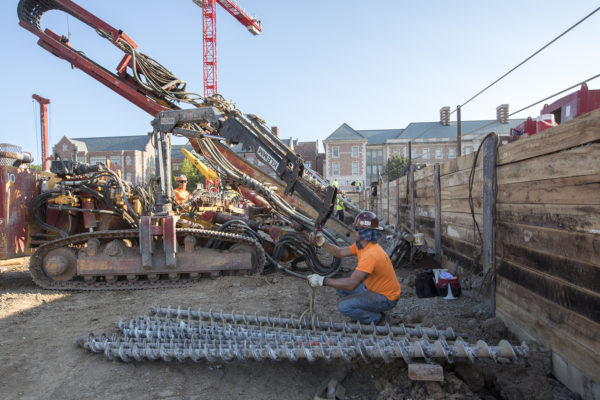Cells’ mechanical memory could hold clues to cancer metastasis
In the body, cells move around to form organs during development; to heal wounds; and when they metastasize from cancerous tumors. A mechanical engineer at Washington University in St. Louis found that cells remember the properties they had in their first environment for several days after they move to another in a process called mechanical memory.
Bouncing back
The National Institutes of Health (NIH) recently awarded a team of researchers at Washington University in St. Louis a five-year, $1.6 million grant to develop a combined treatment option using drug treatment and physical therapy to better restore range of motion following injury.
Strengthening international ties
A newly drafted partnership, signed last month in New York by Chancellor Mark S. Wrighton and officials with the China Scholarship Council, will bring up to 15 new PhD students per year from China to study at Washington University in St. Louis.
A new discovery about a type of wildfire residue
As devastating wildfires rage in California wine country, a team of environmental engineers at Washington University in St. Louis have made a new discovery about wildfire smoke, and its effect on the atmosphere.
Imaging a killer
An international team of researchers has obtained the first ever atom-level structural insights into Httex1, a part of the gene that is thought to cause the devastating neurological disorder Huntington’s disease.
Event to feature global risk expert
A renowned foreign policy expert will visit Washington University in St. Louis next week to discuss the current political climate in Asia. Michael R. Auslin will present the S.T. Lee Endowed Lectureship Wednesday, Oct. 11, in Hillman Hall.
Creating longer-lasting fuel cells
Fuel cells could someday generate electricity for nearly any device that’s battery-powered, including automobiles, laptops and cellphones. An engineering team at Washington University in St. Louis has developed a new way to take a look inside these fuel cells, in an effort to extend their lifespans.
Pushing science and engineering to create new soft materials
A team of researchers from Washington University in St. Louis and Duke University has been award a prestigious National Science Foundation grant. The challenge: Push the boundaries of science to create new materials with a wide range of uses and applications.
Decade of work pays off
For more than a decade, an engineer at Washington University in St. Louis has sought a better way for pulse design using the similarity between spins and springs by using numerical experiments.
Classes resume as east end project ramps up
Students and faculty at Washington University in St. Louis return to a campus that’s drastically different from the one they left in May. The east end transformation, one of the largest capital projects in university history, is well underway. There are several ways you can stay up-to-date and informed about the construction.
View More Stories
